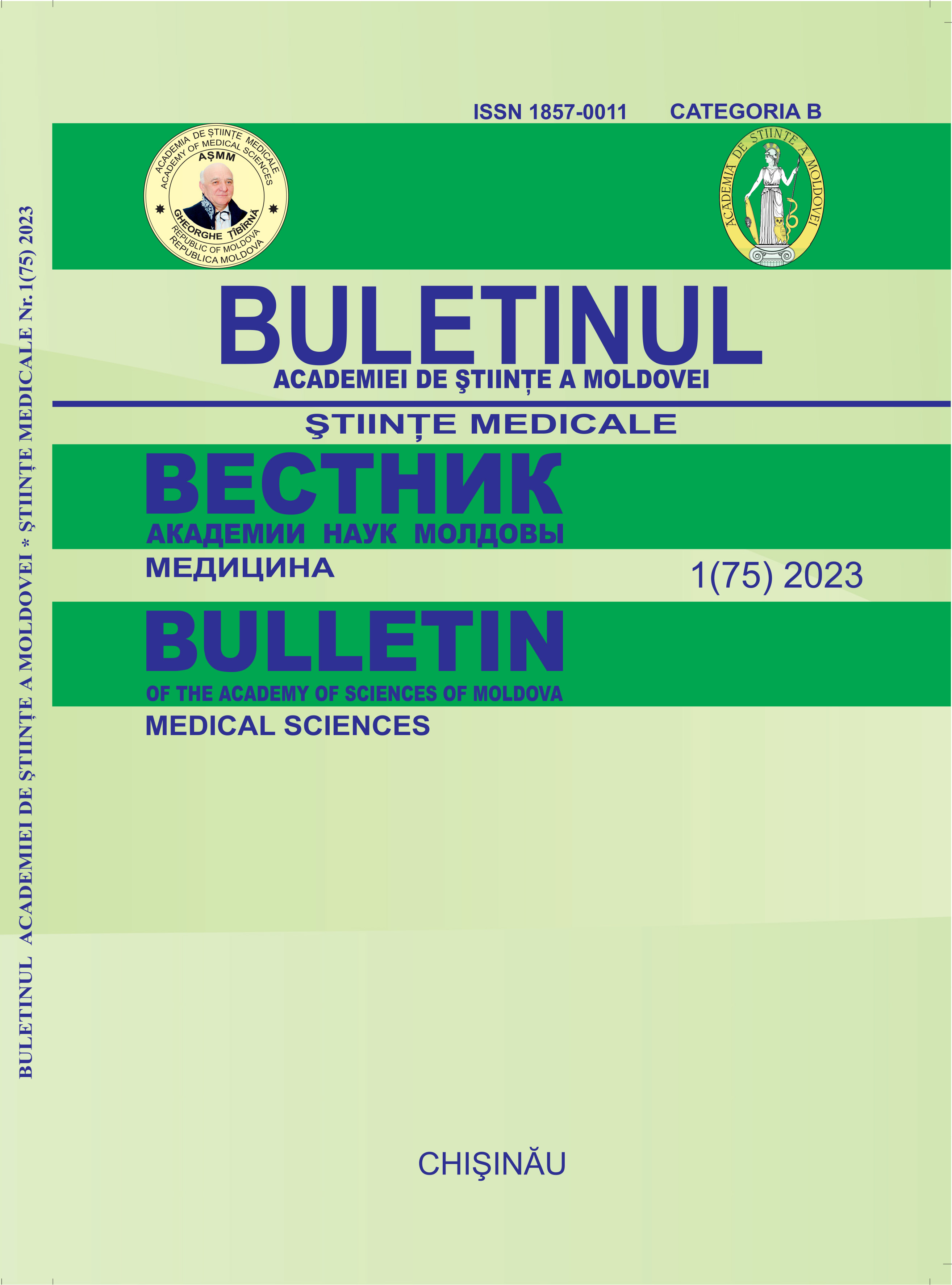ABORDAREA DIAGNOSTICĂ A HIPERTENSIUNII ARTERIALE ORTOSTATICE
DOI:
https://doi.org/10.52692/1857-0011.2023.1-75.20Cuvinte cheie:
hipertensiunea arterială ortostatică, tratament, factori de riscRezumat
Primele referințe la termenul de hipertensiune arterială ortostatică (HTAo), care semnifică elevarea valorilor tensionale, la trecerea din clinoîn ortostatism, datează de la începutul anilor 1940 [1]. Actualmente, nu există un consens, în ceea ce privivește termenul de hipertensiune arterială ortostatică, existînd foarte puține rapoarte și studii la acest subiect, în comparație cu hipotensiunea arterială ortostatică (HO), deși ambele patologii, se presupune că au la bază un mecanism fiziopatologic comun - disfuncția sistemului nervos autonom. Deoarece definiția de HTAo, diferă de la un studiu la altul, elaborarea unui consens a devenit problematică, iar recomandări specifice în ceea ce privește tratamentul HTAo nu au fost întocmite, deoarece dovezile referitor la tratamentul HTAo, sunt bazate exclusiv pe studii limitate nerandomizate. Scopul acestui articol este de a sistematiza datele din literatură care abordează definiția, stabilirea diagnosticului și a mecanismelor fiziopatologice a HTAo.
Referințe
Mccann WS, Romansky MJ. Orthostatic hypertension: the effect of nephroptosis on the renal blood flow. JAMA. 1940;115:573–578.
Fessel J, Robertson D. Orthostatic hypertension: when pressor reflexes overcompensate. Nat Clin Pract Nephrol. 2006;2(8):424‐431.
Townsend RR, Chang TI, Cohen DL, et al. Orthostatic changes in systolic blood pressure among SPRINT participants at baseline. J Am Soc Hypertens. 2016;10(11):847‐856.
Suemoto CK, Baena CP, Mill JG, Santos IS, Lotufo PA, Benseñor I. Orthostatic hypotension and cognitive function: cross‐sectional results from the ELSA‐Brasil study. J Gerontol A Biol Sci Med Sci. 10.1093/gerona/ gly061.
Bhuachalla BN, McGarrigle CA, O’Leary N, et al. Orthostatic hypertension as a risk factor for age‐related macular degeneration: evidence from the Irish longitudinal study on ageing. Exp Gerontol. 2018;106:80‐87.
Yoshinari M, Wakisaka M, Nakamura U, Yoshioka M, Uchizono Y, Iwase M. Orthostatic hypertension in patients with type 2 diabetes. Diabetes Care. 2001;24(10):1783‐1786.
Streeten DH, Auchincloss JH Jr, Anderson GH Jr, Richardson RL, Thomas FD, Miller JW. Orthostatic hypertension. Pathogenetic studies. Hypertension. 1985;7(2):196‐203.
Moreno Velásquez, I., Pischon, T. Comment to the article: “Consensus statement on the definition of orthostatic hypertension endorsed by the American Autonomic Society and the Japanese Society of Hypertension” by Jordan and colleagues. Clin Auton Res (2022).
Kario K. Orthostatic hypertension – a new haemodynamic cardiovascular risk factor. Nat Rev Nephrol. 2013;9(12):726‐738.
Brignole M, Moya A, de Lange FJ, et al. 2018 ESC Guidelines for the diagnosis and management of syncope. Eur Heart J. 2018;39(21):1883‐1948.
Robertson D. Orthostatic hypertension: the last hemodynamic frontier. Hypertension. 2011;57(2):158‐159.
Ricci F, De Caterina R, Fedorowski A. Orthostatic hypotension: epidemiology, prognosis, and treatment. J Am Coll Cardiol. 2015;66(7):848‐860.
Agnoletti D, Valbusa F, Labat C, et al. Evidence for a prognostic role of orthostatic hypertension on survival in a very old institutionalized population. Hypertension. 2016;67(1):191‐196.
Lee H, Kim HA. Orthostatic hypertension: an underestimated cause of orthostatic intolerance. Clin Neurophysiol. 2016;127(4):2102‐2107
Wijkman M, Länne T, Östgren CJ, Nystrom FH. Diastolic orthostatic hypertension and cardiovascular prognosis in type 2 diabetes: a prospective cohort study. Cardiovasc Diabetol. 2016;15:83.
Hoshide S, Kario K, Eguchi K, Ishikawa J, Morinari M, Shimada K. Altered aortic properties in elderly orthostatic hypertension. Hypertens Res. 2005;28(1):15‐19.
Vriz O, Soon G, Lu H, Weder AB, Canali C, Palatini P. Does orthostatic testing have any role in the evaluation of the young subject with mild hypertension?: an insight from the HARVEST study. Am J Hypertens. 1997;10(5 Pt 1):546‐551.
Buddineni JP, Chauhan L, Ahsan ST, Whaley‐ Connell A. An emerging role for understanding orthostatic hypertension in the cardiorenal syndrome. Cardiorenal Med. 2011;1(2):113‐122.
Kario K, Eguchi K, Hoshide S, et al. U‐curve relationship between orthostatic blood pressure change and silent cerebrovascular disease in elderly hypertensives: orthostatic hypertension as a new cardiovascular risk factor. J Am Coll Cardiol. 2002;40(1):133‐141.
J Clin Hypertens (Greenwich). 2019 Mar; 21(3): 426–433.
Benarroch EE. Postural tachycardia syndrome: a heterogeneous and multifactorial disorder. Mayo Clin Proc. 2012;87(12):1214‐1225.
Low PA, Sandroni P, Joyner M, Shen WK. Postural tachycardia syndrome (POTS). J Cardiovasc Electrophysiol. 2009;20(3):352‐358.
Descărcări
Publicat
Număr
Secțiune
##category.category##
Licență
Copyright (c) 2023 Buletinul Academiei de Științe a Moldovei. Științe medicale

Această lucrare este licențiată în temeiul Creative Commons Attribution 4.0 International License.



